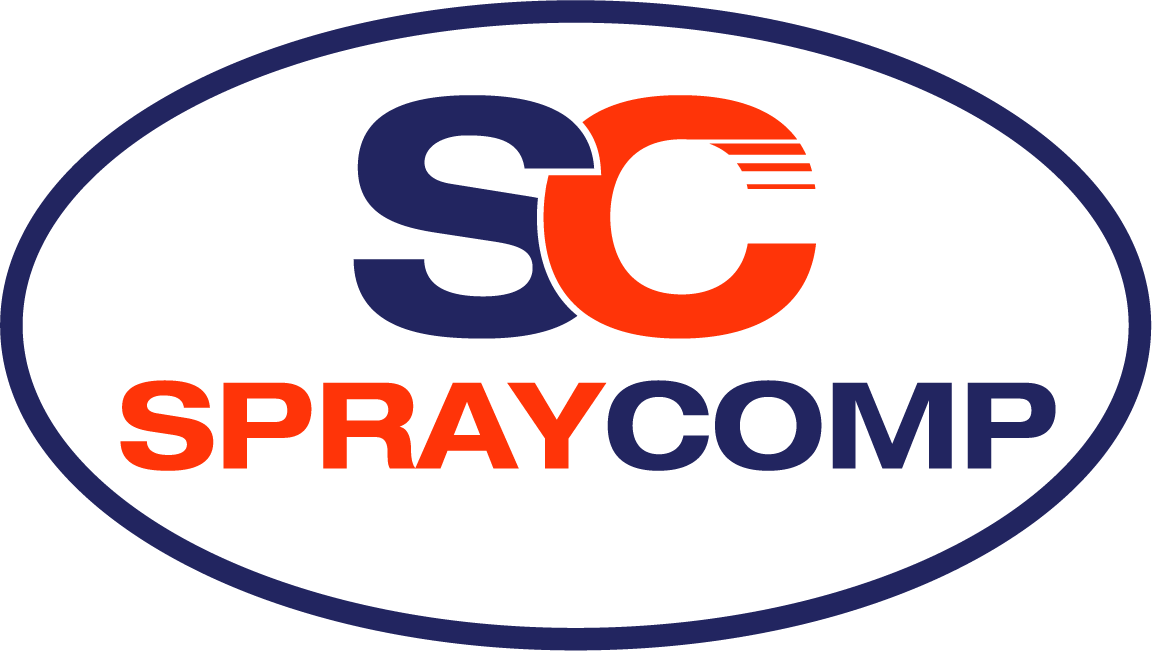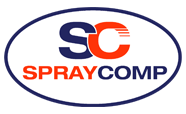What Is Your Return Policy?
Filters and Parts may be returned within 30 days. All returns must be pre-authorized and in their original package. A 30% re-stocking fee will be charged to your account. Prior shipping will be expected to be paid within 30 days.
What Filters Are Required To Be Reported To The EPA Under The 98% Efficiency?
The only filters that are required to be 98% efficiency are the floor, exhaust (back wall or side wall) filters that capture any overspray. These filters are to be tested to capture 98% of 10 microns or smaller (MERV 7). Intake, pre-burner and ceiling filters are not required to meet this rule because they do not capture overspray. Post-Exhaust filters can be included in this formula.
What Is The Best Filter To Capture Paint Overspray In My Booth?
Paint overspray arrestors come in materials made from fiberglass, polyester, paper, and styrene. Automotive paint atomizes between 5-50 microns from a HVLP gun and transfer to a vehicle between 85-90%. Overspray particulates then evaporate even further town to sizes between 3-25 microns. These are the particles that need to be captured to prevent caking up onto fan blades, exhaust stacks and getting out into the environment.
What Should I Consider When Deciding On An Exhaust Filter?
Look at cost per square foot and how long the filter lasts. If a filter captures more overspray upfront, that means less particles can clog up the secondary filters that costs you more money. Look for a filter that allows less through at 10 microns or less. Many filters listed at 98% or better do not mention what micron they capture.
When Do I Need To Change The Exhaust Filters?
Each spray booth is required to have a pressure gauge (manometer or magnahelic) that measures static differences between the two sides of the filters. Every filter’s information sheet will have listed the starting point (0.02-0.06 WG) and the ending point (0.04-1.0 WG). Every exhaust system will evacuate airflow differently due to differences of the motors HP, blade and exhaust stack size. You want to choose a filter that has the greatest difference between the starting and ending point. A good rule of thumb is to change the filter prior to the listed end point to prevent dried overspray from staying in the booth and falling down onto your spray job.


